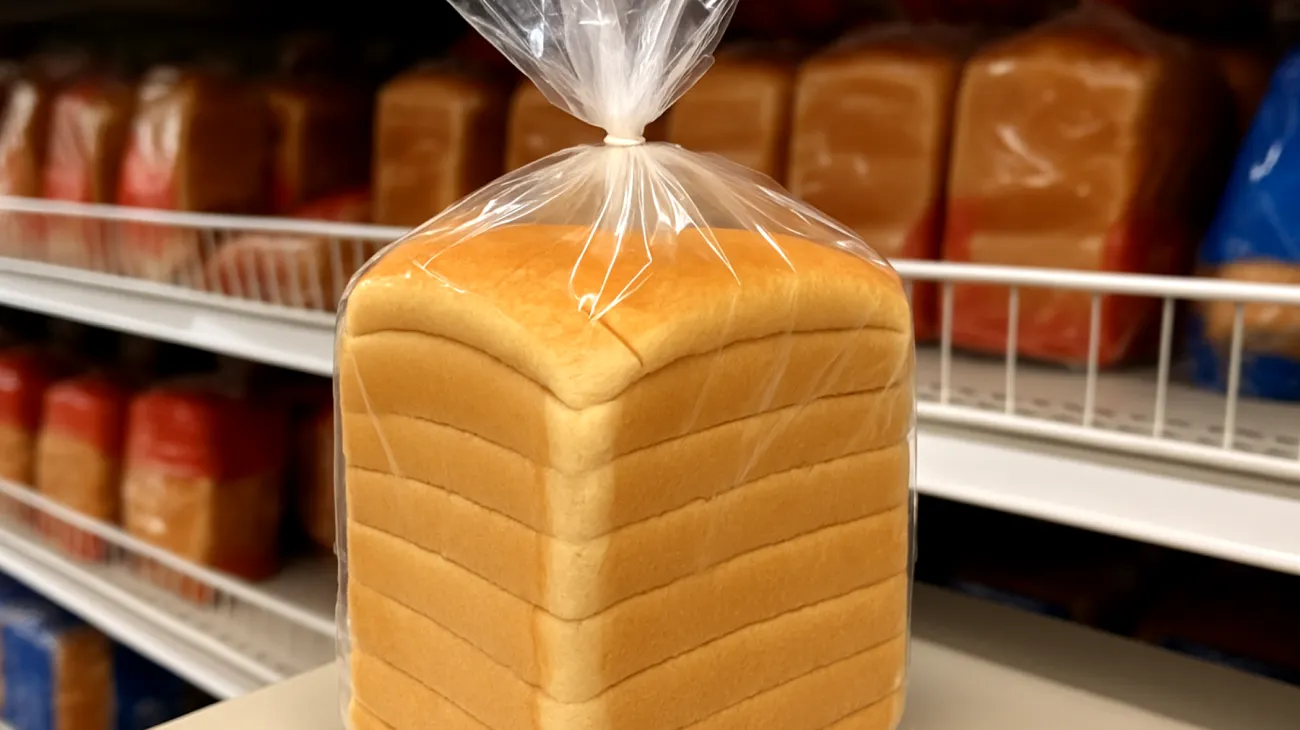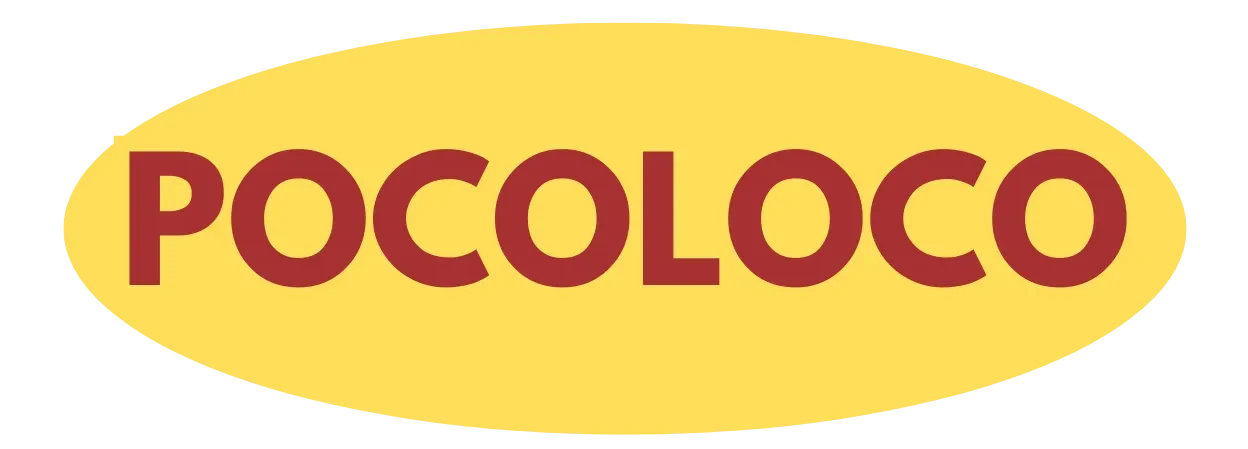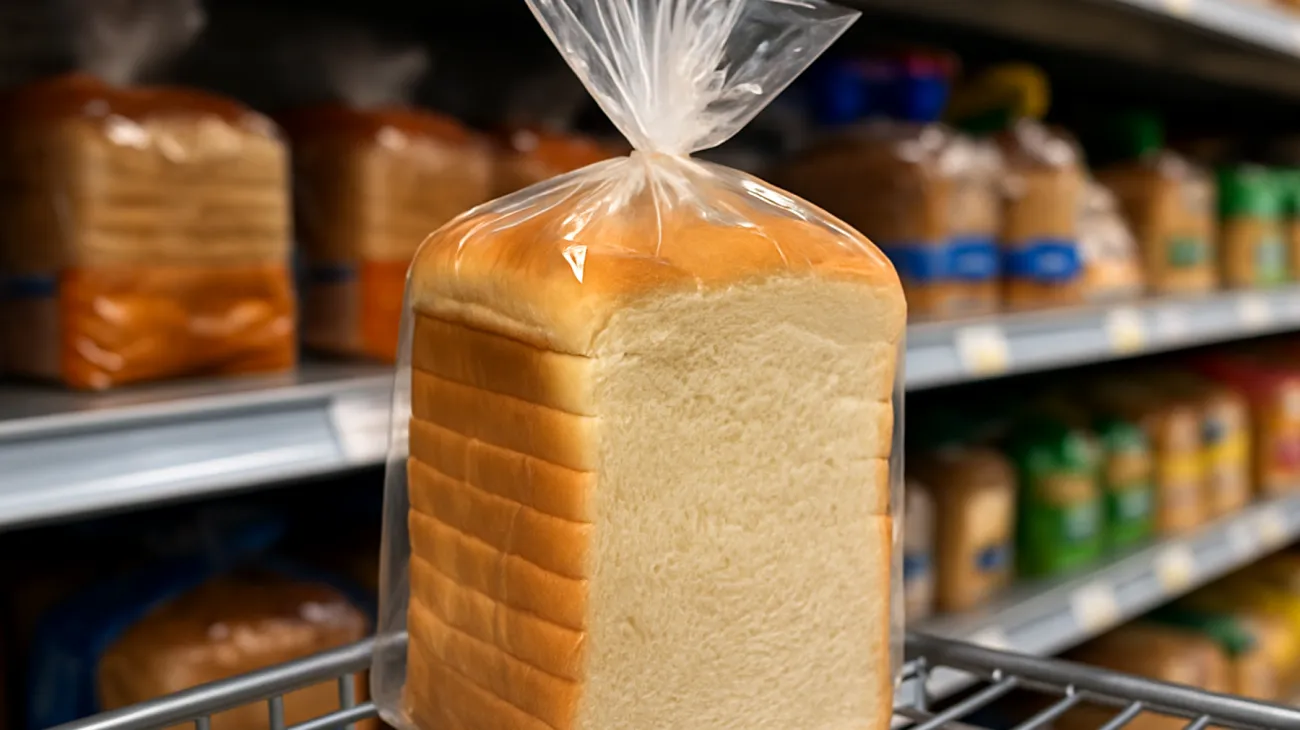When you reach for that loaf of white bread labeled as “enriched,” “fortified,” or “calcium-enhanced” in UAE supermarkets, you might assume you’re making a nutritious choice for your family. However, the reality behind these marketing terms often tells a different story that every parent should understand before filling their shopping cart.
The bread aisle has become a minefield of confusing terminology designed to make processed white bread appear healthier than it actually is. This ambiguity in product naming can challenge parents who want to make informed decisions about their children’s daily nutrition.
Decoding the Language of Bread Marketing
Sales descriptions on bread packaging often blur the lines between genuinely nutritious options and heavily processed alternatives. Terms like “country-style,” “artisan,” “baker’s choice,” or “premium white” suggest quality but do not guarantee improved nutritional value. These labels are not regulated nutritional claims.
The main source of confusion involves the distinction between truly whole grain products and white bread that has been artificially enriched. Many products display phrases such as added vitamins or mineral enriched, while the primary ingredient remains refined white flour that has been stripped of its natural fiber and many micronutrients during processing.
The Fortification Illusion
Fortification and enrichment restore only a handful of the nutrients lost during flour processing. When manufacturers create refined white flour, they remove the bran and germ, eliminating most of the fiber, B vitamins, vitamin E, and several minerals. Enrichment typically adds back only a subset of these nutrients, usually four or five such as iron, thiamin, riboflavin, niacin, and folic acid, but not the full nutritional spectrum present in whole grains. This leaves many micronutrients permanently absent.
These limitations have led some consumers to mistakenly view fortified breads as nutritionally equivalent to whole grain breads, even though synthetic additives cannot fully replace the complex natural nutrients found in unrefined grains.
Hidden Ingredients Behind Innocent Names
Ingredient lists of products with wholesome-sounding names often reveal additives like emulsifiers, preservatives, dough conditioners, and artificial flavorings, even in breads marketed as rustic or traditional.
Common misleading labels include:
- Products labeled “multigrain” that mostly contain white flour with small amounts of other grains
- “Wheat bread” made with refined wheat rather than whole wheat
- “Natural” varieties that may include artificial preservatives or flavor enhancers
- “Homestyle” products that often still use industrial processing and additives
The Color Deception
Many parents assume darker bread is healthier, but manufacturers sometimes add caramel coloring, molasses, or other agents to white bread to give it a brown hue and make it appear more like whole grain bread. This visual manipulation can lead consumers to overestimate nutritional value, particularly affecting parents shopping quickly with children in tow, who may grab what appears to be a nutritious brown bread without examining the ingredient list carefully.

Understanding Nutritional Impact on Children
Choosing genuinely nutritious bread is critical for children’s development. Growing children require reliable sources of fiber, B vitamins, iron, and complex carbohydrates, which do not exist in significant quantities in refined flour products—even those that are artificially fortified.
Numerous studies indicate that regular intake of highly processed white bread can result in rapid rises and falls of blood glucose, commonly known as blood sugar spikes, less satiety, and missed opportunities to consume essential nutrients during key stages of growth.
Real-World Shopping Strategies
Parents can avoid deceptive marketing by focusing on ingredient lists rather than front-panel claims. The first ingredient should be “whole wheat flour” or “whole grain flour,” not “enriched wheat flour” or “wheat flour.” Higher fiber content also reliably distinguishes whole grain bread. Genuine whole grain bread typically contains at least 3 grams of fiber per slice, while most white bread varieties, regardless of their marketing names, contain less than 1 gram of fiber per slice.
Making Better Choices for Your Family
Current labeling regulations in the UAE, as in many countries, allow considerable flexibility in how manufacturers phrase and market bakery products. While outright false claims on food labeling are prohibited, many suggestive terms are permitted so long as the stated nutritional information is accurate. This provides opportunities for consumer confusion and highlights the importance of consulting the mandatory nutrition facts panel and ingredient list for objective information.
Your family’s health is best served by informed choices based on facts. Rely on ingredient lists and nutrition panels for clarity, as marketing language is designed for promotion rather than objective nutritional guidance. The time spent reading beyond attractive packaging claims represents an investment in your children’s long-term health and development.
Table of Contents

